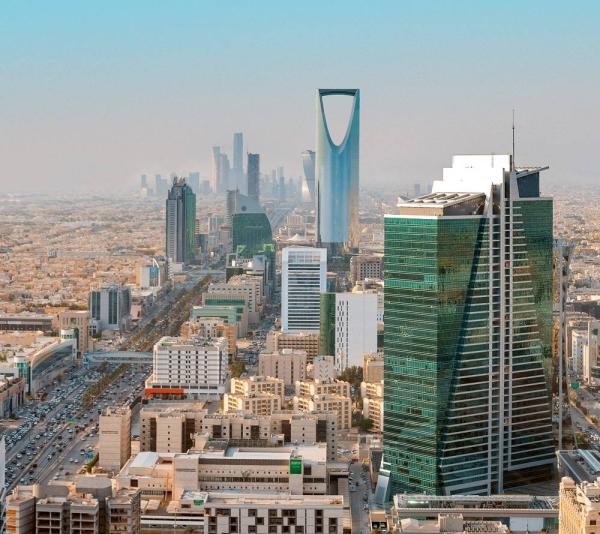Saudi Arabia’s liquidity levels have reached a new peak, experiencing a significant annual growth of 8.7% to reach SR2.9 trillion by the end of August 2024. This marks an increase of SR232.2 billion compared to the same period in 2023. On a monthly basis, liquidity has grown by 1.3%, with an increase of SR36.848 billion compared to July of the same year, maintaining the SR2.9 trillion level. Since the beginning of the year, liquidity has seen a growth of 6.8%, translating to an increase of SR185.678 billion from SR2.7 trillion at the end of January 2024, according to data from the Saudi Central Bank.
Analyzing the four components of money supply (M3), demand deposits were the largest contributor, accounting for 49.5% of the total money supply, amounting to SR1.4 trillion by the end of August 2024. Time and savings deposits followed, recording SR929.659 billion, making up 32% of the total money supply. Other cash deposits reached SR313.220 billion, contributing approximately 10.8%, while cash in circulation outside banks totaled SR226.392 billion, accounting for about 7.8% of the total money supply. Quasi-cash deposits include residents’ deposits in foreign currencies, deposits against documentary credits, outstanding transfers, and repurchase (repo) operations conducted by banks with the private sector.
These robust liquidity levels serve as a vital driver of the economic and commercial system in the Kingdom. Domestic liquidity encompasses cash circulating outside banks, demand deposits, time and savings deposits, and a broader definition that includes other quasi-cash deposits. The growth in liquidity indicates a positive trend in the Saudi economy, providing a strong foundation for economic and commercial activities within the country.
The increase in liquidity levels reflects a positive outlook for the Kingdom’s economy, with growing opportunities for businesses and investors to thrive. The liquidity growth of 8.7% annually demonstrates confidence in the stability and strength of the Saudi financial system. As liquidity levels continue to rise, businesses can access the necessary funds to expand operations, invest in new projects, and drive economic growth across various sectors.
Furthermore, the diverse components of money supply, including demand deposits, time and savings deposits, and cash in circulation outside banks, indicate a well-rounded financial ecosystem that supports both individuals and businesses. The inclusion of quasi-cash deposits provides additional flexibility and options for residents and investors to manage their funds effectively. This comprehensive approach to money supply ensures a balanced and resilient financial system in Saudi Arabia.
Overall, the steady growth in liquidity levels in Saudi Arabia is a positive indication of the country’s economic strength and stability. With a diverse range of money supply components contributing to the overall liquidity, the financial system in the Kingdom remains robust and supportive of growth and development. As liquidity levels continue to increase, Saudi Arabia is well-positioned to attract investments, support businesses, and drive economic prosperity for the benefit of its residents and the broader economy.































